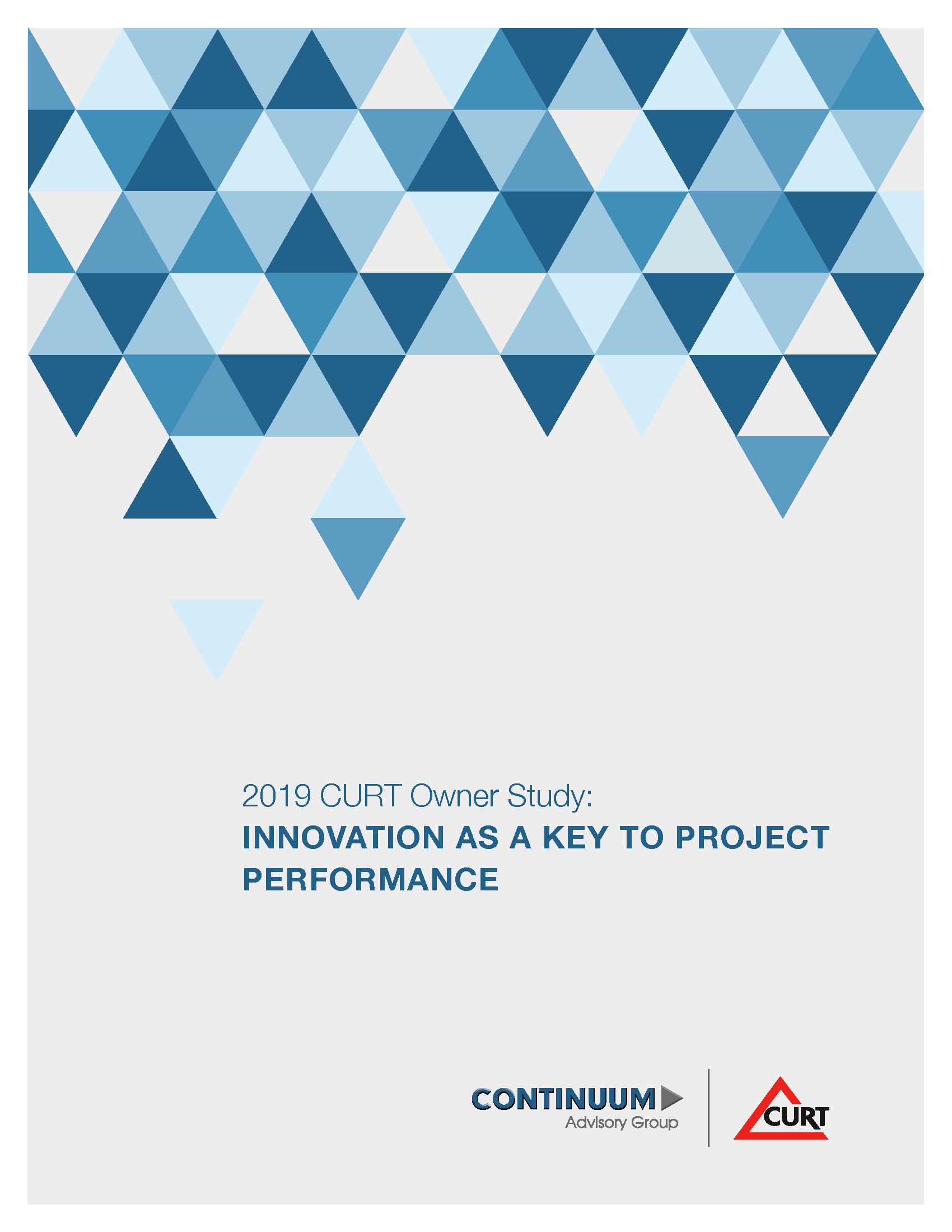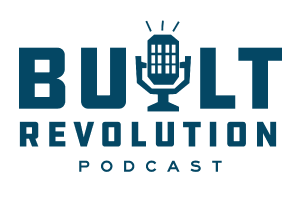Innovation is a term on the brink of overuse. It is used to describe major…
Change Management in an Agile Capital Program
The Dunning-Kruger effect is a psychological phenomenon that reveals a humorous, but worrying part of human nature. It dictates that people often perceive their ability inverse to their actual ability. Those with skill undervalue themselves, and those without overvalue themselves.
Any responsible manager constantly fights against this effect, using personal experience and hard data to gain greater self-awareness. But it can rear its head in one particular arena: change management.
Our 2016 CURT Owner Trends Study focused on change management as it relates to organizational agility, or the ability for a capital construction program to rapidly adapt to new needs. Responses revealed that while we think about change a lot, and talk about change a lot, we don’t always manage it well. And that’s something we need to figure out.
Understanding the Pace of Change
One of the most important takeaways from our study is the unrelenting pace of change. Unrelenting isn’t just a figure of speech; change is constant, with no end result or destination. So too, then, must be our methods of managing it. Industry professionals are ready and willing: 83% of respondents said their company is prepared for change, and 94% of them agreed that the pace of change has skyrocketed. The foundations are there.
However, only 33% said their companies were better than “mediocre” at managing change. That 33% is the second part of a mindset shift, one that must be company-wide. That scope was a frequent theme, where respondents addressed stagnant cultures, complex organizational structures, and red tape as barriers to managing change.
The Dunning-Kruger effect is kept in check, though. Our participants are actively trying to change this situation.
Improving Your Efforts
Change management is a long game. In a long game, you can only win by being proactive.
Our participants practice this knowledge in various ways. Some have committed resources to anticipating new regulations or market trends, so the organization can stay ahead of the curve. They’re training employees in non-tangible skills like leadership and conflict resolution. They’re restructuring to remove bureaucratic red tape, streamlining processes, and applying Lean principles to their construction.
But a strategy alone is not enough: you have to change your culture. Anne Pramaggiore of ComEd summed this up best when she told us that change is unsustainable without “addressing the organization’s DNA – that is its culture.” And that may be the longest game of all.
Click to view the entire 2016 CURT Owner Trends Study


